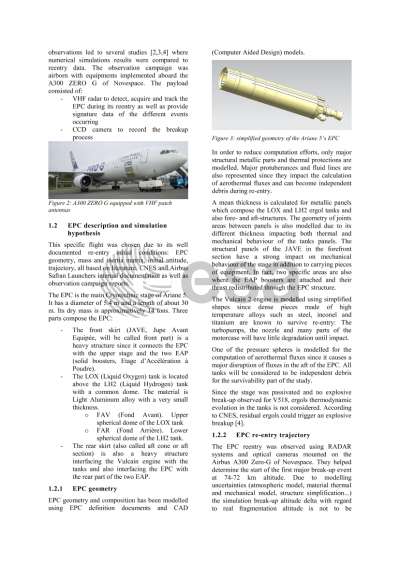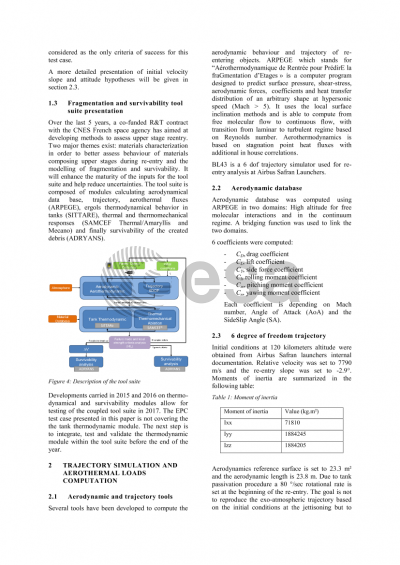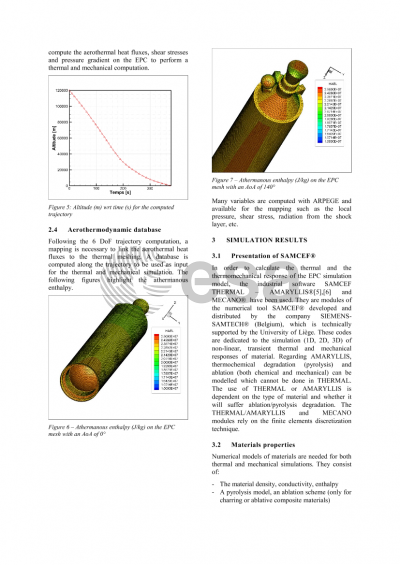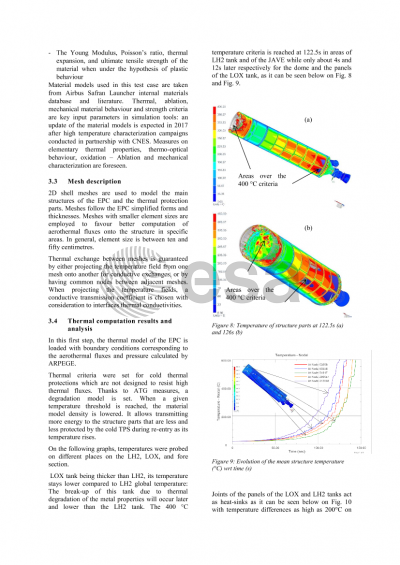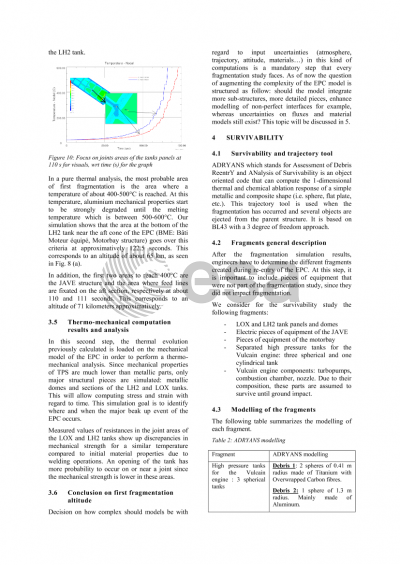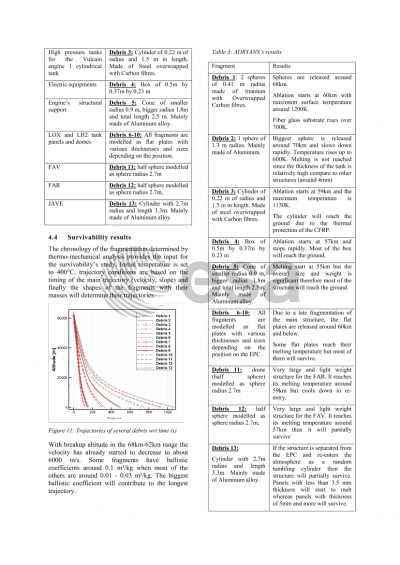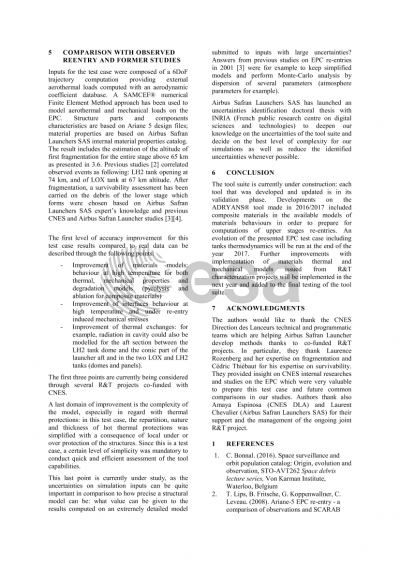Document details

Abstract
European launchers and former French launcher programs are responsible of 7,2% of orbiting rocket bodies. With the French space act coming into effect, reentry of launcher bodies and satellites launched from the French territory must be compliant with both on-ground casualty risk assessments of 10-5 for controlled reentries 5.10-4 for uncontrolled reentries. Satellites operators and Launcher companies have also to carry on-orbit end-of-life disposal manoeuvers in order to reenter in less than 25 years, the goal being to limit risks for exposed populations and to reduce the debris population density on key-orbits. In particular, Airbus Safran Launchers is now responsible for safety studies and risk mitigation regarding its new launcher Ariane 6. A roadmap regarding space debris activities have been implemented over a 5-year- timeline on the context of R&T Programme of the French space agency CNES to develop methodologies needed to assess fragmentation and survivability of launcher stages and other man-made objects. In the scope of Ariane 6 developments, these tools are now being implemented and test cases are needed for validation purposes. The focus of this paper aims at presenting the result of the EPC (Etage Principal à propulsion Cryotechnique which is Ariane 5 lower stage) test case with the current version of the tool suite.
Inputs for the test case are composed of a 6DoF trajectory computation providing external aerothermal loads computed with an aerodynamic coefficient database. A SAMCEF® numerical Finite Element Method approach has been used to model aerothermal and mechanical loads on the EPC. Structure parts and components characteristics are based on Ariane 5 design files; material properties are based on Airbus Safran Launchers SAS internal material properties catalog.
Presented results discuss impact of attitude of the lower stage based on the V 518 flight where the EPC reentry has been observed. This Ariane 5 flight took place on March 2, 2004, and the payload was Rosetta. The result includes the estimation of the altitude of first fragmentation for the entire stage. After fragmentation, a survivability assessment is carried on the debris of the lower stage which form will be chosen based on Airbus Safran Launchers SAS expert’s knowledge and previous CNES and Airbus Safran Launcher studies.
1 C. Bonnal, Space surveillance and orbit population catalog: Origin, evolution and observation, STO-AVT262 Space debris lecture series, Von Karman Institute, Waterloo, Belgium, 12/09/2016
Preview

